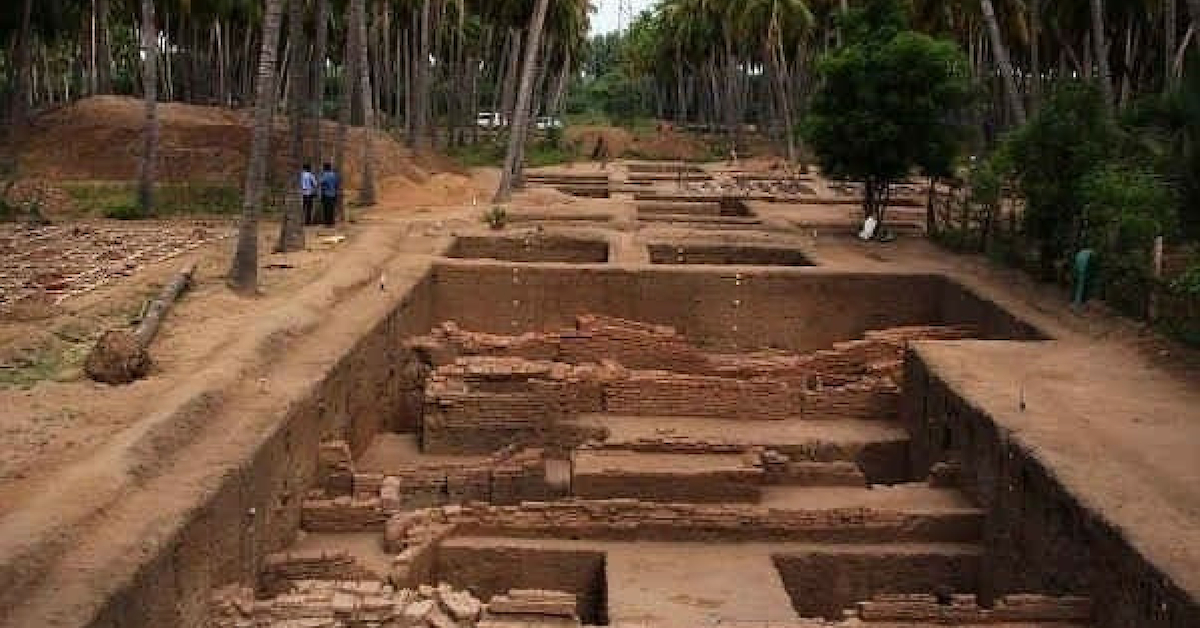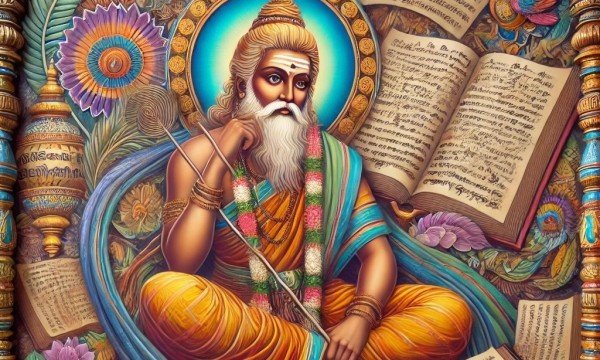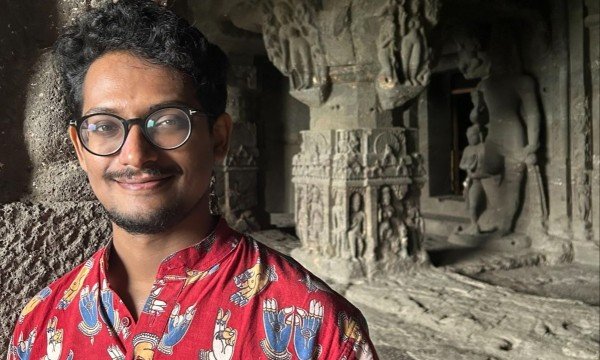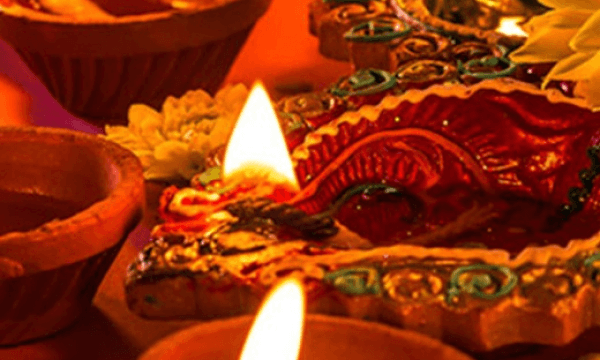
___
***Are you or someone you know in the global Tamil community doing great things? We'd love to feature them: FILL OUT THIS FORM ***
Network & collaborate with Tamil Changemakers from around the world. Request to join our private LinkedIn community here.
___
This article was first published here.
Some news from the recent excavations at Keezhady in Tamil Nadu, India, has caused quite a sensation among history buffs. What's the fuss about?
Keezhady (pronounced kee-La-di with a retroflex "L") is a small village in the south of India. Way south. Near Madurai, Tamil Nadu on the banks of the Vaigai river. That is a good thousand kilometers south of the closest known Harappan / Indus Valley Civilization (IVC) sites in Lothal and Dholavira in Gujarat. And yet, the site closely resembles some of the IVC cities. For some essential background, you can read more about the IVC in my previous article here.
The Keezhady site was discovered around five years ago. Archeological excavations have not progressed smoothly, since the whole process has been fraught with different interests, from Hindutva fundamentalists to Dravidian and Tamil nationalists, pushing their own conflicting agendas (with the former being more culpable, in my opinion).
Keezhady has the characteristic rectangular layout of IVC cities, uses a standard brick size and, like IVC cities, does not contain any large palaces or temples. Furthermore, the site contains several wells and a rudimentary sewer system though not as sophisticated as the ones in the northern IVC cities. No other civilization had a sewer system in that time frame. On the other hand, the Keezhady site (until last week) was dated to the second century BCE -- unlike the established IVC cities which thrived in the third millennium BCE before declining, most likely due to changing weather patterns in the 19th century BCE. The 200 BCE date is the primary reason scholars were reluctant to accept that Keezhady was an IVC city.
So what was the recent announcement? I would caution readers that what we know so far is gleaned from an initial report released last week and not from a peer reviewed publication. Furthermore, the tone of the report is unfortunately hurried and not very objective, quite unlike the prior year reports produced by the same team. We should wait for the team to publish their work in a peer reviewed journal before making definitive statements. However, due to the nature of the findings let us indulge in some speculation of the possibilities, assuming the claims in the initial report will be borne out by scholarly scrutiny.
In prior years, the archeologists had discovered
- Potsherds with Tamil Brahmi inscriptions in the higher layers dated to the 2nd century BCE.
This agrees with the current consensus for when post-IVC writing started in India. Tamil and Sanskrit/Prakrit were first recorded in a Brahmi script in the third century BCE. - Roman pottery in the same layer suggesting a trade link.
South Indian coins have been excavated in Rome, and Roman pottery has been previously found in other places in South India, so this was not a surprise. - Several structural similarities to IVC cities
As I enumerated in the previous paragraph above. - Keezhady was (the only available) evidence for urbanization in South India as far back as 200 BCE.
The new interesting discoveries are that
- The most recently excavated layer has been conclusively dated to 580 BCE.
- New potsherds have been found in the 580 BCE layer that appear to contain a slightly modified version of the Indus script found in other IVC sites. The report claims this is indeed the Indus script.
- No symbols or other evidence of the Vedic Hindu religion have been found in the 580 BCE layer (or even in the later ones).
Let us unpack that.
WATCH NEXT:
1. The Age of the Site
A date of 580 BCE would place it closer in time to the rest of the IVC. The decline and fall of Harappa and Mohenjadaro occurred in the 19th century BCE. The IVC cities in Gujarat lasted a little longer, but even they had declined by the 16th century BCE. That leaves a thousand years unaccounted. It is not possible that the Harappans wandered the wilderness for a thousand years and then built a city in 580 BCE matching their original ones. So either there must be older layers under the excavated Keezhady, or there must be as yet undiscovered cities between Gujarat and Keezhady that fill in the missing years. If we were to find these "missing links" we could conclude that Keezahdy is indeed a Harappan city that survived till 200 BCE, which is currently accepted as the start of the Sangam era, the starting point of recorded Tamil history.
Sangam literature is an anthology of Tamil poetry. The anthology was created in the first to second century CE, but are supposed to be collections of works dating several centuries back. Some of the poems themselves refer to the past in nostalgic terms and lament the lost glory of the Tamil people. This has generally been dismissed as not historical, though it does make for great literature. Could Keezhady prove that these poems are talking about the long lost IVC?
That would be a fantastic discovery (and would require, in Carl Sagan's words, fantastic evidence before it is accepted) since it means the Harappans did not just decline and disappear but their urban culture and advanced technology lived on in South India. We could map a continuous line of history from the start of the Indus cities in 2800 BCE to present day.
From this continuous line of history, it would follow that the Harappans were Dravidians. This has long been suspected by scholars like Asko Parpola and the late Iravatham Mahadevan, but the evidence for it has been tenuous.
Even if the "continuous line of history" is not validated by further research, the discovery that Keezhady extends back to 580 BCE definitely means that the starting point of urbanized Tamil history is pushed back to 580 BCE, which by itself is a breathtaking development.
2. Writing
The second finding is even more intriguing. If the writing on the potsherd is an evolved form of the Indus script, then it is undeniable that the site is indeed an IVC city. The report does not say whether Tamil Brahmi inscriptions were found in the same layer (580 BCE) as the Indus inscriptions. Let us conservatively assume they were not.
Could it be that Keezhady began as an IVC city in 580 BCE, was later abandoned and eventually occupied by Dravidians who developed their own writing with no connection to the IVC script? This is not unprecedented. Harappa itself was occupied by less advanced people after its decline, till about the 13th century BCE. Indus writing died out in this period. Could something similar have happened at Keezhady between 580 BCE and 200 BCE? The report anticipates this question and states that the pottery found in both the 580 BCE and 200 BCE layers are very similar and were built using the same process. This indicates the inhabitants in both time frames were from the same civilization using similar technology passed down from their ancestors.
If Tamil Brahmi evolved from the Indus script between 580 BCE and 200 BCE, that presents the tantalizing possibility of the existence of an Indus Rosetta Stone that maps the Indus script to Tamil Brahmi. This will allow us to decode the heretofore undeciphered Indus script, since Tamil Brahmi is well understood. That would open the floodgates to learn more about the Harappans and their society and culture. Even in the absence of such a primer for the Indus script, the volume of written artifacts found in Keezhady will increase the corpus of Indus writing available to us, thereby increasing the chances of it being deciphered someday.
3. Religion and the Tricky Topic of Aryans
Finally, the report states that no Vedic symbols or artifacts have been found. This matches with the excavations in all other Harappan cities. It is interesting in this case because of the late date of Keezhady. This means South India was by and large uninfluenced by the Vedic kingdoms of North India that rose circa 1000 BCE. That is consistent with Sangam poetry, which is secular, save for occasional mention of non-Vedic regional and village deities.
This is likely to irk the Hindu fundamentalists within the BJP government who have never been happy with the idea that Vedic Hinduism was brought to India by migrants from the Russian steppes, commonly known as Aryans. There is overwhelming genetic, linguistic and archeological evidence for this migration. The genetic evidence indicates three waves of migration into India.
- An initial "Out of Africa" migration when the first humans to leave Africa eventually reached India
- A migration from Iran of people who would eventually develop agriculture in India.
The genetic study labels the descendants of these first two groups as Ancestral South Indians (ASI). - The migration from the Russian steppes that brought the Vedic religion to India.
The members of this group are labeled Ancestral North Indians (ANI). Genetic tests done on bodies found in the IVC sites show no signs of this ANI gene pool.
The lack of Vedic artifacts in Keezhady could further drive home the point that the IVC was non-Vedic. And yet some politicians and journalists, not all of them with a Hindutva axe to grind, have already made the ludicrous claim that Keezhady disproves the Aryan migration theory, when in fact it gives further evidence of it. I suspect that part of the reason for Aryan-migration-denial is that it is considered unpatriotic to support the seditious idea that north and south Indians are different.
But this is missing the critical point made in genetic studies: (with very few exceptions I will not go into) the study found that the gene pools from all three migrations have almost thoroughly mixed in the Indian population today! Put another way, if you take any two Indians (and even thrown in a Pakistani, Bangladeshi, and Sri Lankan for good measure) they will have more in common with each other genetically than with the prototypical ASI or ANI. The insecurity about the Aryan migration in general and Keezhady specifically seems to arise only because this point is being missed.
On the opposite side are Tamil/Dravidian nationalists who have already claimed the IVC as their own. I would urge them to be cautious: you are very close to having your wildest dreams come true -- don't ruin it by letting your haste twist the evidence or otherwise corrupt the credibility of the process.
I want to emphasize again that what I have written above is cautiously optimistic speculation. It is too early to draw any definitive conclusions. However the reported findings do persuade us to follow future publications from the excavation team. There is a small but significant chance that we are about to rewrite the early history of India -- and the world. It would be wonderful to see a new generation of Tamil archeologists and social scientists bringing to bear their expertise in this unfolding story.

























